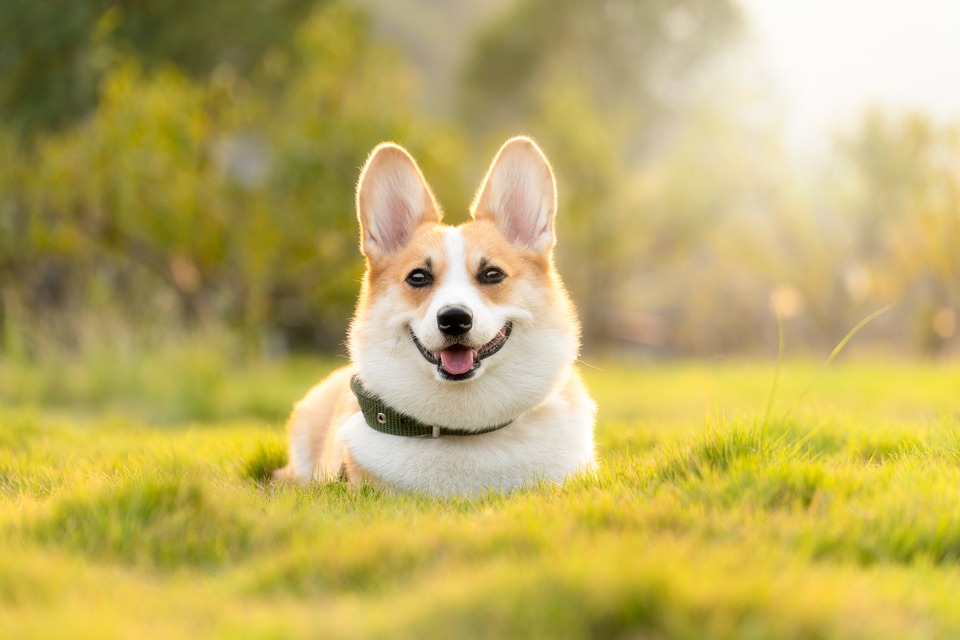Recall training is an essential skill for every dog owner. Having your furry friend come to you reliably when called not only ensures their safety but also strengthens the bond between you and your pet. However, teaching a dog to come when called can be a challenging task. In this article, we will explore effective techniques and strategies to help you master recall training with your dog. Additionally, we will address common questions and concerns that dog owners often have.
Understanding the Importance of Recall Training
The significance of recall training for your dog’s safety and well-being cannot be overstated. Being able to call your dog back to you in potentially dangerous situations, such as near a road or around unfamiliar dogs, is crucial. Recall training also allows your dog to enjoy more freedom and off-leash time in appropriate environments.
Building trust and strengthening the bond with your dog through recall training is another important aspect. When your dog learns to come to you reliably, it shows that they trust and respect you as their leader. This trust and bond are essential for a well-behaved and happy dog.
Laying the Foundation for Recall Training
Building a positive association is key when teaching your dog to come when called. You want your dog to associate the recall command with positive experiences and rewards. Using treats, toys, and praise when your dog responds to the recall command will reinforce the behavior and make them more likely to repeat it in the future.
Choosing the right environment is also crucial in the early stages of recall training. Start in a quiet and low-distraction area, such as your backyard or a quiet park. This allows your dog to focus on you and the training without being overwhelmed by distractions. As your dog becomes more reliable in these environments, gradually increase the level of distractions to improve their recall reliability.
Effective Techniques for Recall Training
Using a long leash is a valuable tool for recall training. Introduce a long leash and gradually increase your dog’s distance from you while practicing recall commands. This allows you to maintain control and gently guide your dog back to you if they don’t respond immediately. As your dog becomes more reliable, you can gradually decrease the reliance on the leash.
Incorporating recall games and fun activities can make training enjoyable for your dog. Engage in hide-and-seek or chase games to reinforce the recall behavior. This adds an element of excitement and makes your dog more eager to come when called.
Incorporating verbal and visual signals can enhance recall reliability. Teach your dog to respond to verbal cues like a recall word or phrase. You can also combine verbal cues with hand signals or whistles, which can be especially useful in outdoor environments where your dog may be farther away or distracted.
Addressing Challenges and Common Mistakes
Distractions can pose challenges during recall training. It’s important to gradually increase the difficulty level by introducing controlled distractions. Start with mild distractions, such as toys or other dogs at a distance, and gradually work your way up to more challenging distractions. This allows your dog to build focus and reliability in the face of distractions.
Avoiding punishment is crucial in recall training. Using punishment can create fear and anxiety in your dog, making them less likely to come when called. Instead, focus on positive reinforcement techniques to encourage desired behaviors. Rewarding your dog with treats, toys, and praise when they come to you will reinforce the recall behavior and make them more likely to repeat it.
Consistency and patience are key in recall training. Training takes time and effort, and it’s important to celebrate small successes along the way. Maintain a positive attitude and avoid becoming frustrated or angry with your dog. Remember, they are learning, and it’s your responsibility to guide them through the process.
FAQs (Frequently Asked Questions)
Q1. How long does it take to train a dog to come when called?
The time it takes to train a dog to come when called can vary depending on the dog’s age, breed, and previous training. However, with consistent training and practice, most dogs can learn this skill within a few weeks to a few months.
Q2. What should I do if my dog doesn’t come when called?
If your dog doesn’t come when called, avoid chasing or scolding them, as this can create a negative association with the recall command. Instead, use a long leash to gently guide them back to you and reinforce the recall behavior with treats and praise.
Q3. Can I use an electronic collar for recall training?
While some people use electronic collars for recall training, it’s important to use them responsibly and under the guidance of a professional trainer. Positive reinforcement techniques are generally more effective and humane for recall training.
Q4. How can I make my dog’s recall more reliable in outdoor environments?
To make your dog’s recall more reliable in outdoor environments, gradually increase the level of distractions during training. Practice recall commands in different outdoor locations and gradually work your way up to more challenging environments.
Q5. Is it possible to train an older dog to come when called?
Yes, it is possible to train an older dog to come when called. While it may take more time and patience, older dogs can still learn new behaviors and respond to recall training with consistency and positive reinforcement.
Conclusion
Recall training is a crucial aspect of responsible dog ownership. By implementing effective techniques such as building a positive association, using a long leash, and incorporating verbal and visual signals, you can successfully teach your dog to come when called. Remember to remain patient, consistent, and reward your dog’s efforts throughout the training process. With dedication and practice, you can master recall training and enjoy the freedom and peace of mind that comes with having a reliably responsive canine companion.









